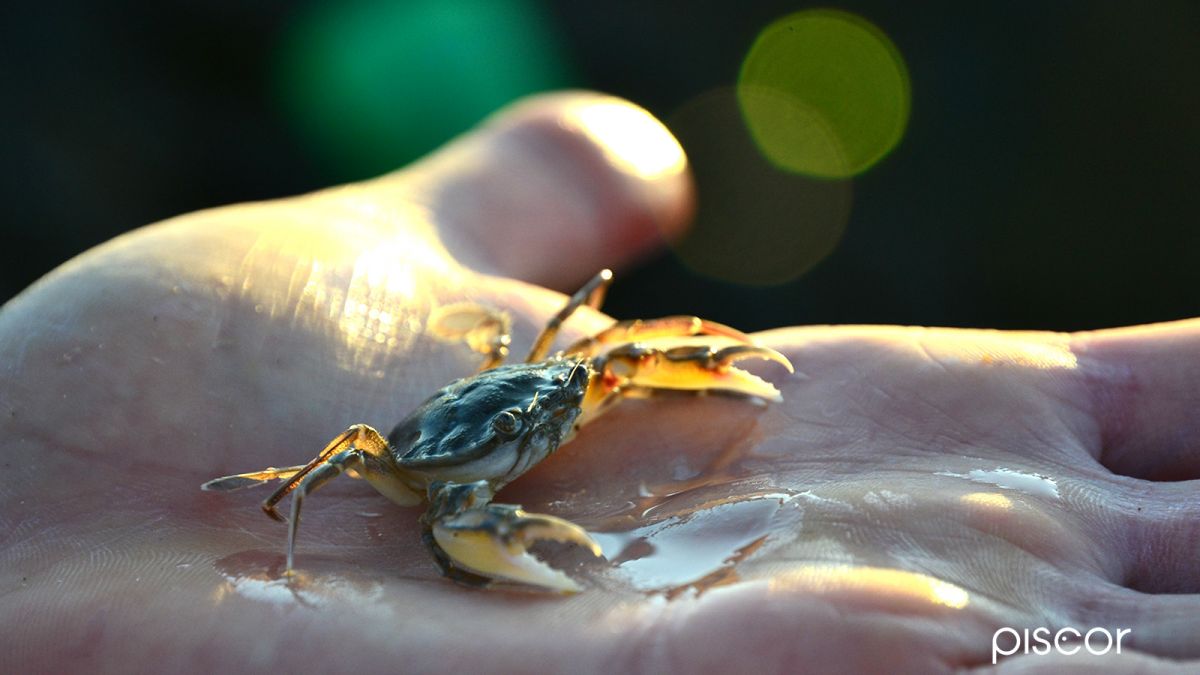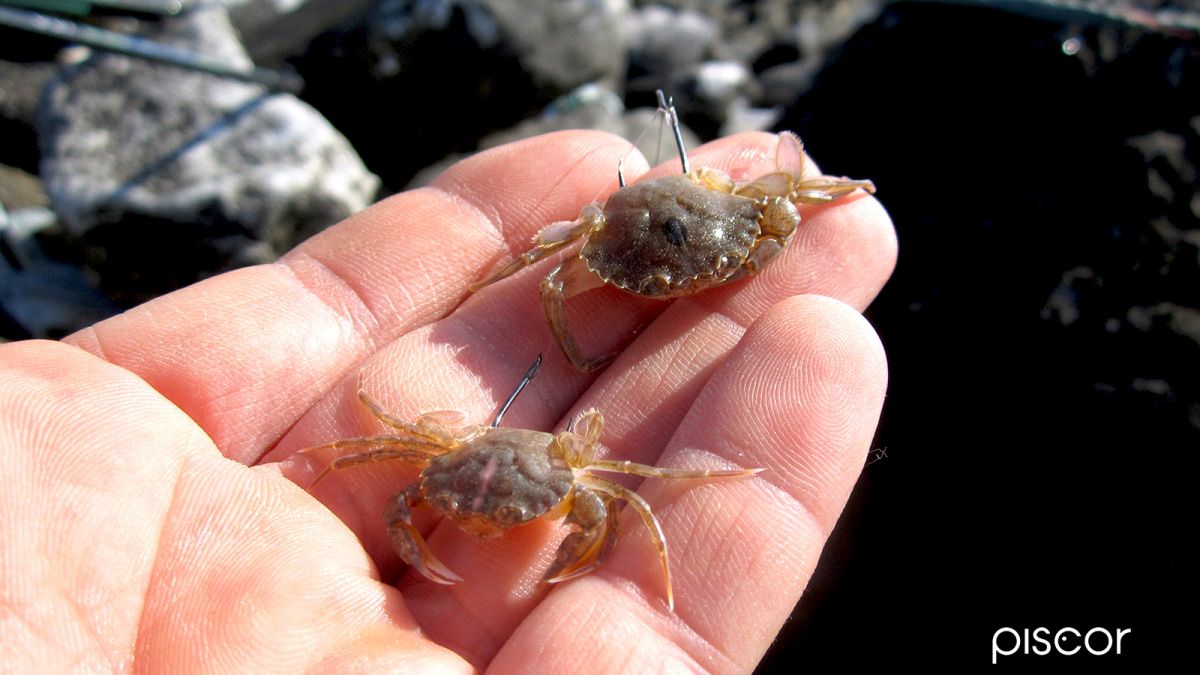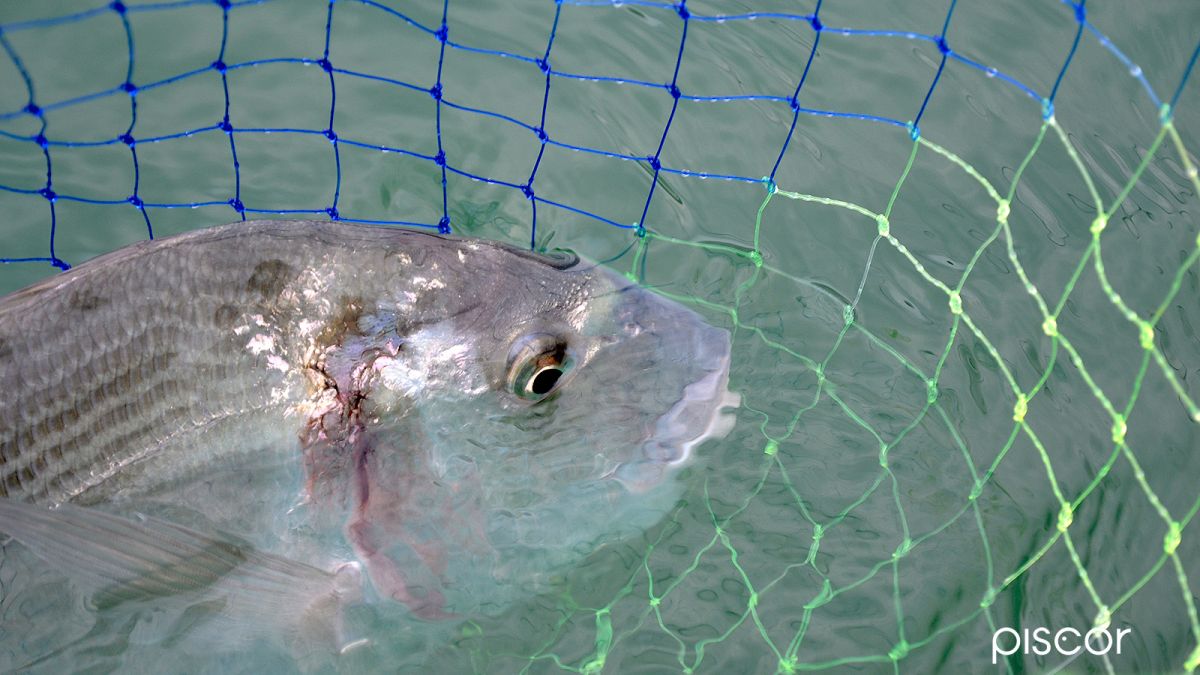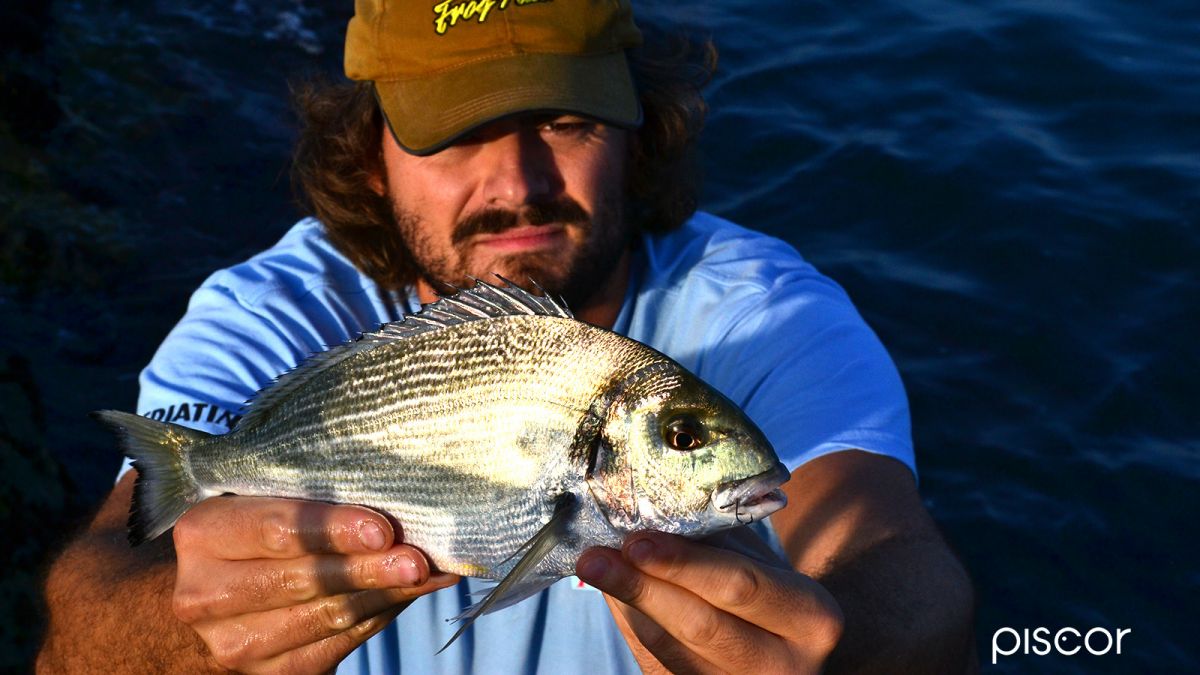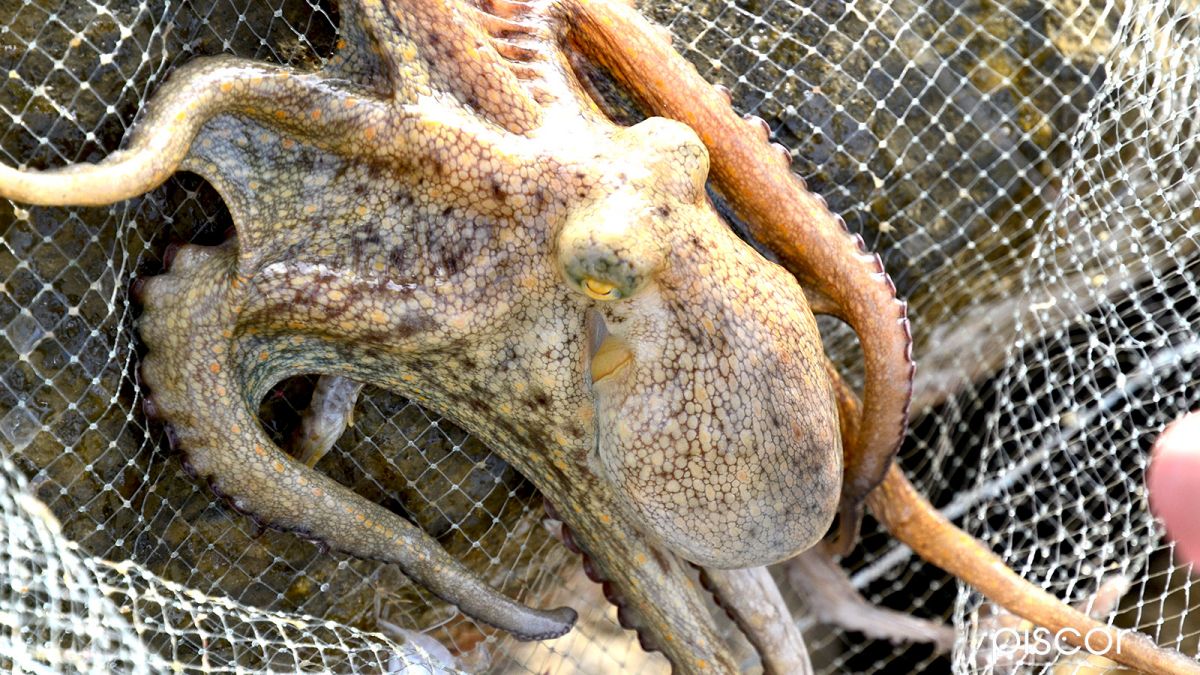Too often, lovers of Bolognese set limits to their technique especially in terms of bait, thus losing many of the opportunities that the sea, the outfall and the river can offer them.
The binomial of Bologna and maggots is certainly the most popular with the practitioners of this technique, lovers of thin terminals, small hooks and ultralight lines.
The Bolognese born in inland waters, an environment that sometimes requires precise guidelines if we want to catch some fish. Its use in the sea and in water sauce, however, must make the fisherman reflect and, above all, eliminate many of the limitations that are in their thinking, freeing their imagination especially in terms of bait.
You have happened to have alongside the fishermen who take more fish using other baits and you, with the maggot struggling to see the float disappear. Fishermen less sophisticated, more essential and evolved from the mental and intellectual point of view and who treasure the signals sent by the sea or the outfall.
In this seasonal season, fish are much more likely to eat natural baits that they find in their habitat because there are certainly plenty of them and they do not even think about eating a maggot.
Crab, for example, can be a lethal bait if used by artificial reefs where this animal lives all year round, but which, in the summer, comes out more in the open and becomes easy prey for sea bream running in the area. they have chosen as pasture.
In the following lines we will talk about this crustacean and how to use it in Bolognese fishing.
Let's start with the selection of the baits. Of crabs there are various types, those that interest the fisherman are as follows:
• The reef crab
• The outfall crab
• The sand crab
The crabs mentioned are all to be considered very valid baits to undermine bream, sea bream, sea bass, sand steenbras all valuable species. It can happen, for the joy of our palates also some nice octopus!
The reef crab can be found mainly in the ravines that characterize the artificial reefs, the outfall one we find instead near brackish water areas, while the sand crab is hidden under it in the sea areas in front of the shoreline, which more important backdrops.
After carrying out various tests directly on the fishing field we can assert that the sand crab has an innate march more, it seems that the sea bream cannot resist in any type of environment is fishing.
On the other hand it is probably also the most widespread type of crab, and we must say that also its shape, its size and some of its anatomical characteristics lend itself much more than the other two types to both trigger and retrieve.
Unlike the other two types it does not become very large, has a more collected body, smaller claws and generally results to have an exoskeleton, that is the carapace which generally constitutes it softer. This often allows us to trigger it on a single hook and with greater ease due to its greater softness.
Even during the climbing phase, due to its small dimensions, sea bream tends to swallow it practically in one gulp, thus reducing the number of empty retrieving.
The other two types, on the other hand, are on average larger in size both of the body and of the claws, and a little harder to trigger, which is why it is often advisable to use two hooks for the trigger.
Given and considered that sea bream tends to grab first the claws that the crab poses in his defense at the sight of the sparidae, and that this can induce to sink the float that can make us doing an empty retrieving, it is possible to remove the claws beforehand crab in question to avoid this risk.
But it is not always easy to find this bait, so let's see how to do it based on the type of crab we are looking for. Usually, from April to September we can find in the fishing shops with a certain ease the river crab, which is the only species that is generally available on the market.
If it is not found, it is possible to obtain this crustacean by lowering the evening before the fishing trip near the mouth, a lobster with two fish fillets, possibly from the Sardinian, in order to make the exerted exercise better and more effective.
To obtain the rock crabs, however, the best strategy is to go at night on an artificial reef, the latter at this time will be out of their holes, and once the torch head on them, they will remain immobile , as hypnotized, and it will be possible to collect them directly by hand or with the aid of a net.
Finally, in order of difficulty of finding, we find the sand crab, which is however the most enticing one. To obtain this pitfall it will be necessary to have a special tool to make the clams. Using the latter according to the procedures and times indicated by the harbor master's office, we will sift the beach in front of the shoreline, where in addition to the clams, our precious crabs will also be imprisoned in the sieve.
The environments where to make the bolognese fishing with the crab are the cliff, natural or artificial, but also piers, little piers and ports lend themselves well to this technique.
As for reef fishing, both rough and calm sea conditions will be good. Even in the absence of waves, in fact, bream tends to wander among the rocks in search of some easy snack, especially in the last hours of darkness and the first light of dawn, but also with the sun some sunk during the passage of some little pack under the shore cannot be excluded.
As for piers and ports instead, we will go to carry out our fishing action close to structures or masonry works such as piers, bridges, and perpendicular walls where among the mussels, often crabs also.
Equipment
The sea bass with the crab is certainly not a technique that goes light. The rod to be used will be a seven-meter Bolognese, medium-stiff, able to easily handle rigs that range between 0.20 and 0.22 while the reel will be 3000-4000 size loaded with good nylon 0.25.
As a float we will use an inverted pear weighing 6 grams, under which we will place a torpille weighing two or three grams, while under it we will make a small shoulder made up of five, six leads of the number 6-7 in order to make more natural presentation of the bait.
Rigs will be about one meter long and will end with one or two hooks with measures ranging between number 6 and number 10, depending on the size of the crabs we have available, the important thing will be to use quality hooks, able to rise hard and to resist as much as possible to the pressure impressed by the powerful jaws of the sea bream.
If you use the double hook, we will go first and make the classic knot on the first of the two, taking care to leave a surplus of about a dozen centimeters wire on which we will then go to tie the second hook.
Triggers
As for the trigger, in order to keep the crab alive, we usually tend to place the hooks, single or double in the terminal part of the abdomen, under the carapace, since it is also the softer and therefore easier to trigger.
We realized, however, that often this type of trigger leads to wrong different railings, in fact we do not know which side the sea bream will catch the bait. If the attack takes place at the back there are no problems, since there we have one or two hooks, but if the attack takes place anteriorly, that is from the side of the claws, the float will go abundantly below and the sea bream will drag away the bait , but not remaining attached during the retrieving as the hook or the hooks are on the opposite side!
The best trigger, therefore, after several attempts, is that characterized by double hook, one triggered behind, while the other in front, passing the hook at the side of the eye, still under the carapace, and then let the tip come out of the carapace itself. In this way, wherever the attack takes place, the sea bream will find at least one hook and our retrieve will happen in most cases successfully.
Clearly, the hook triggered anteriorly will kill the crab, but this did not show substantial differences in catches triggering the latter alive or dead. Moreover, in this way, if we use reef crabs, we will avoid the annoying windy effect that this crustacean makes every time it is near an obstacle where it looks hopelessly grabbing. However, this does not happen for both the estuary and the sand crabs.
The fishing action
It will take place as indeed said near submerged rocks or structures such as pylons and walls, the latter will be quite superficial, generally we will give 2, 2.5 meters of bottom to the float apparatus that runs between the float and the hook.
Fundamental will not be in a hurry to retrieve, the sea bream, in fact hardly lures the bait, indeed it may happen that initially break the crab, if you do not make it to eat it all right away, then return to the office, then calm and cold, "Hands in the pocket" and we only retrieve when the float is not underneath, but it is slipping away from a few seconds. Everything will be in finding the right time, but always better to delay than to anticipate the retrieve.
Crab fishing is therefore an effective, economical and fun technique, there is nothing left to do but to find the most congenial location and to try, the summer is still long!

